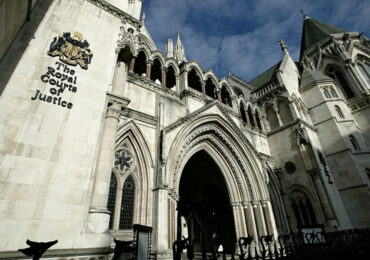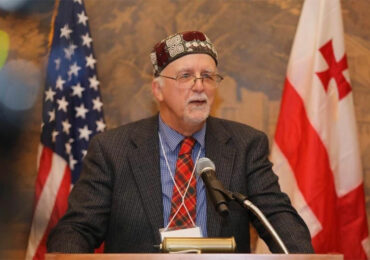President Donald Trump touts the economy’s quick recovery as evidence of his administration’s success. He’s not wrong, but it’s not the full picture.
Federal Reserve Chairman Jerome Powell spent all last week testifying about the recovery on Capital Hill. His message: This is a tale of two economies, and one looks much stronger than the other.
On paper, the economy is roaring back even stronger than Powell and many economists expected.: More than 22 million jobs vanished in the spring lockdown, but 10.6 million jobs have since been added back.
And US gross domestic product — the broadest measure of the economy — is expected to rebound sharply after collapsing at a revised, annualized and seasonally adjusted rate of 31.7% between April and June. The Atlanta Fed’s GDP Now model predicts GDP will jump at an annualized and seasonally-adjusted rate of 32% in the third quarter.
But that’s only one side of the story.
The other side
Many shops are still closed. About 11.5 million people who became unemployed because of Covid-19 remain out of work. And next week, unless Congress acts to provide more federal help, up to 100,000 airline industry jobs may be lost after the expiration of the CARES Act, which provided a $50 billion bailout to keep US airlines afloat.
Meanwhile, the sugar rush from Congress’s initial stimulus has worn off. Without more intervention we could be in for a long winter, especially as Covid-19 infections are rising again in some parts of the world.
“The risk going forward is that people are spending [now] because they have money in the bank even though they’re unemployed,” Powell said.
But once that money runs out, people might start scaling back their spending — a potential body blow to the recovery given consumer spending is the economy’s biggest engine.
Retail sales, one measure of how Americans’ spending behavior, have bounced back, recording their biggest monthly surge on record in May. But while the data has gotten better in the following months, the pace of improvement has slowed.
"Forbes Georgia-ის სარედაქციო ბლოგპოსტების სერია "როგორ გამდიდრდა“ და "საქართველო რეიტინგებში".















